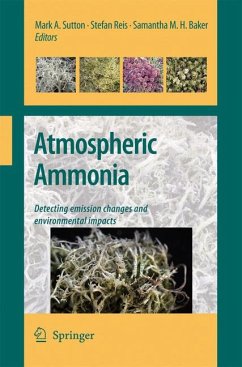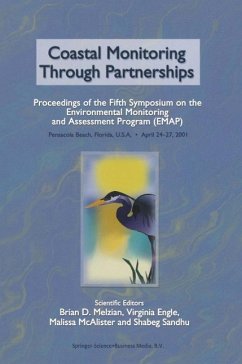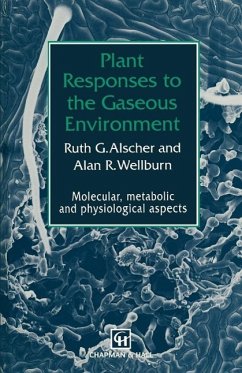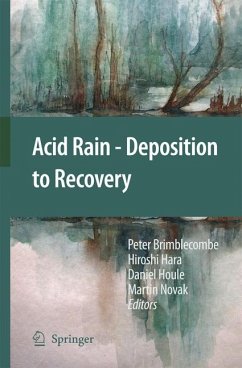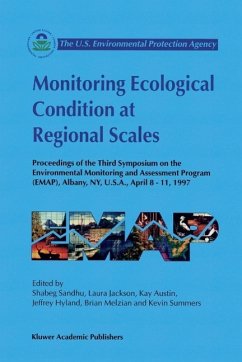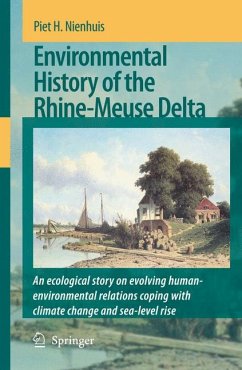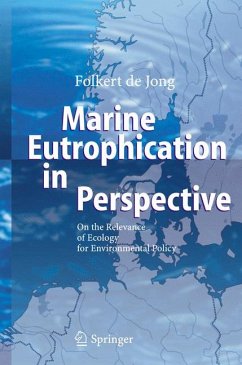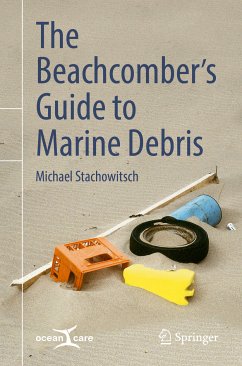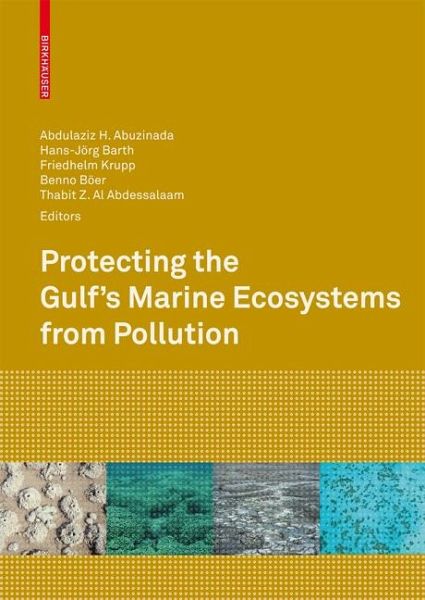
Protecting the Gulf's Marine Ecosystems from Pollution (eBook, PDF)
Versandkostenfrei!
Sofort per Download lieferbar
72,95 €
inkl. MwSt.
Weitere Ausgaben:

PAYBACK Punkte
36 °P sammeln!
The Gulf is endowed with valuable natural resources and a great biodiversity of plant and animal species. Sustainable living in the Gulf area is dependent upon such resources provided by the sea. Large areas of its coastal zone including important marine habitats are currently threatened by increasing stress on the Gulf ecosystem due to an accelerated coastal development during the last few years. Some of the world's largest landfill and dredging projects are found in the coastal areas, and the open sea contains the world's main crude oil shipping routes. A variety of human impacts are contrib...
The Gulf is endowed with valuable natural resources and a great biodiversity of plant and animal species. Sustainable living in the Gulf area is dependent upon such resources provided by the sea. Large areas of its coastal zone including important marine habitats are currently threatened by increasing stress on the Gulf ecosystem due to an accelerated coastal development during the last few years. Some of the world's largest landfill and dredging projects are found in the coastal areas, and the open sea contains the world's main crude oil shipping routes. A variety of human impacts are contributing to marine pollution, such as oil, sediments, waste, thermal, chemical, and other forms of pollution.
This volume reviews present sources and levels of pollution in the Gulf, assesses their causes and effects on biota and ecosystems, and identifies gaps and obstacles currently preventing an effective integrated transboundary management of the marine and coastal resources.
This volume reviews present sources and levels of pollution in the Gulf, assesses their causes and effects on biota and ecosystems, and identifies gaps and obstacles currently preventing an effective integrated transboundary management of the marine and coastal resources.
Dieser Download kann aus rechtlichen Gründen nur mit Rechnungsadresse in A, B, BG, CY, CZ, D, DK, EW, E, FIN, F, GR, HR, H, IRL, I, LT, L, LR, M, NL, PL, P, R, S, SLO, SK ausgeliefert werden.



